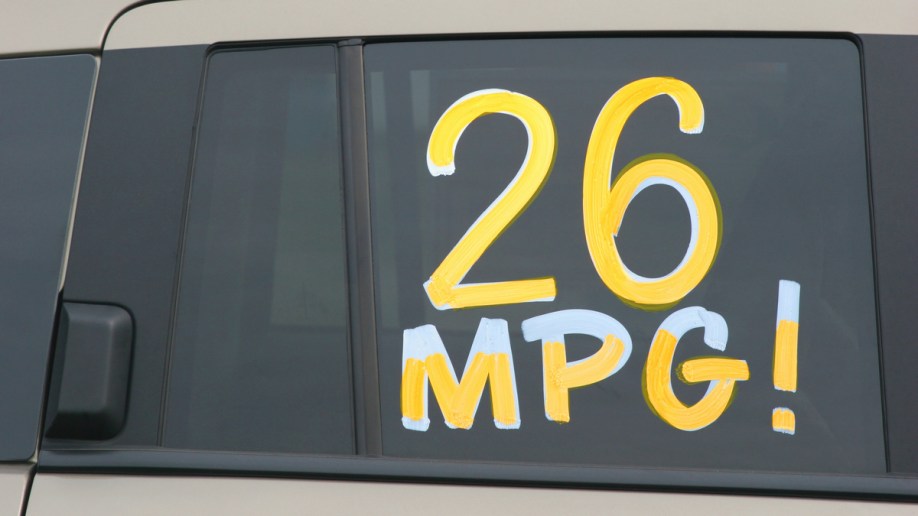Miles per gallon (mpg) is the measurement of the distance in miles a vehicle can travel using only one gallon of fuel. The measurement primarily demonstrates the fuel efficiency of an automobile, with those capable of a higher mpg rating providing savings in operational costs.
The United States Environmental Protection Agency (EPA) is the government body that certifies mpg figures.
Getting an accurate and consistent measurement of a vehicle’s mpg can be difficult. The actual amount can be affected by several factors, including road and traffic conditions. Because these different variables can alter the ratings, the EPA runs mpg tests over selected courses, with multiple test runs made to get a statistical average. The EPA publishes three mpg ratings for any given vehicle: city mpg, highway mpg, and combined. The vehicle manufacturers conduct tests and report results to the EPA. The EPA spot-tests 15 – 20% of models in its laboratory.
With extensive testing numbers available, mpg can provide consumers with a comparison point to help them choose between car models. A car’s mpg can make a big difference in the cost of running a vehicle, which is of increasing importance whenever fuel prices are high.








